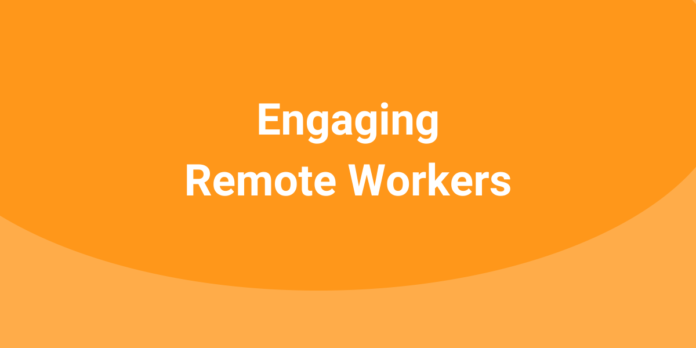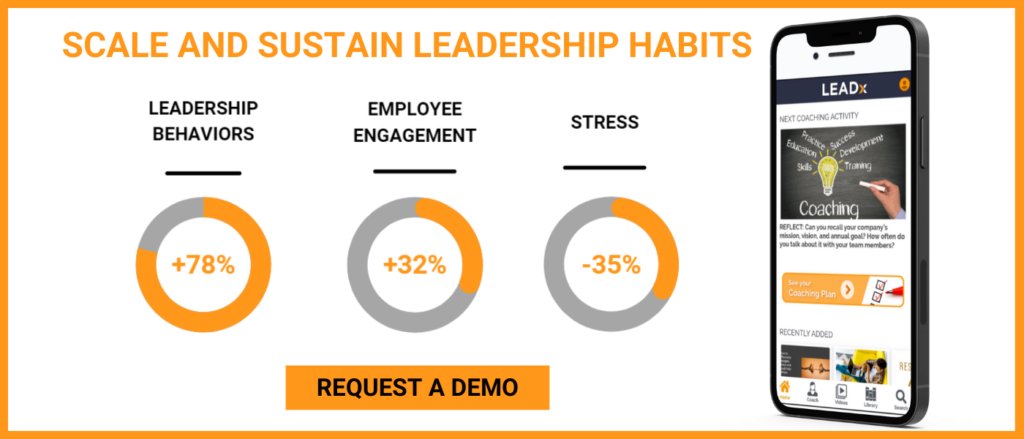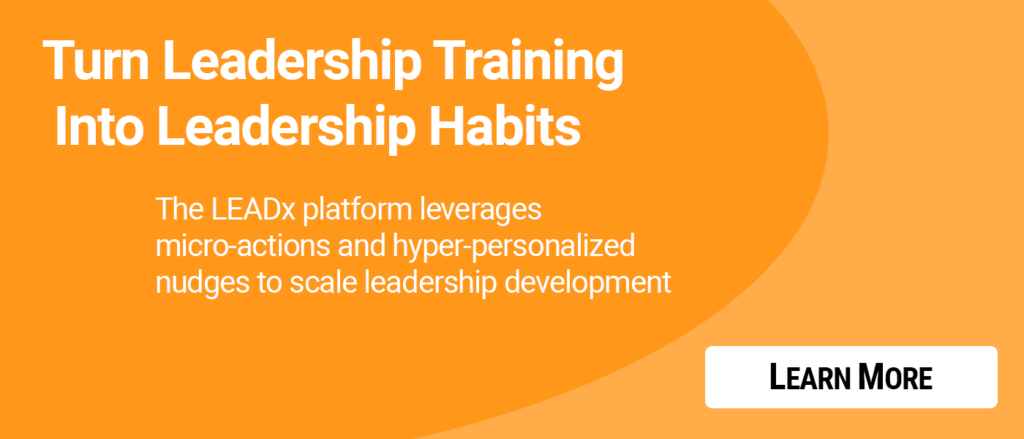
We are a full year into the pandemic, and while the vaccine brings hope for a return to normalcy, many organizations will never return to traditional in-office hours. It benefits leaders to develop the knowledge and skills to lead and engage remote and hybrid teams regardless of what the future holds.
To get advice on this topic, I had the pleasure of interviewing Kevin Eikenberry, the co-author of the new book, The Long-Distance Teammate: Stay Engaged and Connected While Working Anywhere, written with his partner Wayne Turmel. Eikenberry is the co-founder of the Remote Leadership Institute and has twice been named one of Inc.'s Top 100 Leadership and Management Experts in the World.
This interview has been lightly edited for length and clarity.
Kruse: In the book, you explain that engagement is up to the employee, not the boss. Why must we choose to engage, and what steps can we take to do so?
Eikenberry: While organizations gain much from engaged team members, including productivity, adaptability, loyalty, and higher levels of sustained success, when individuals choose to engage, there are tremendous personal benefits too. When we choose to be engaged – to care about our work, results, and those we work with – we will:
- Enjoy work more
- Find greater satisfaction in our work
- Build and maintain strong relationships at work
- Increase our personal productivity
- Suffer less burnout
- Get noticed for our work
To choose to engage, start by looking at your work and role differently, as interconnected to a bigger picture. Then realize how the work you do matters to others. Lastly, look at the list above again – when we realize that engaging is in our best interest, the choice is pretty easy.
Kruse: Research shows that remote workers tend to work more hours. Has that become a problem this past year, and how can remote workers avoid adding on extra hours of work?
Eikenberry: There is little doubt that for many people this has become a problem. There are three major causes of this situation:
- Using commute time. It started innocently enough – “I will use the time I was commuting to catch up and get more done.” Soon this became the habit or routine, and we automatically added to our workday.
- The work is always there. When the laptop is always in view in the living area, it is easy to get sucked back in (especially if messages from Mumbai or Minneapolis keep coming in).
- Focus is likely dropping. For a variety of reasons, we may not be as focused while we are working as we wish. With reduced focus, productivity drops and we “solve” this by working more hours to get the same work completed.
Once we know the sources of the problem, we can begin to solve the problem. Here are three suggestions that will help:
- Set conscious start and end of workday routines. Don’t automatically fill your former commute time with work. If that is what you choose to do, so be it – but doing it consciously will help your feelings about working time dramatically.
- Out of sight, out of mind. Put the laptop away or cover it up with a sheet. And good news – if it is turned off, it won’t beep and buzz notifying you about the new messages that can likely wait until morning.
- Stay focused by taking breaks. Powering through isn’t usually the answer. Finding new rhythms of work that allow you to focus when you are working will be a big help.
Kruse: Many of those who live alone and work from home have discovered that isolation can be incredibly draining. Can you talk more about this and how they can overcome the negative effects of isolation and keep energy levels high?
Eikenberry: Isolation and loneliness was a serious societal problem before the pandemic, and I believe the impacts of this will become significant in the coming year. Feeling isolated causes more than just a drain of energy – it can become a serious problem. Here are three quick ideas that can help:
- Reach out to others. Too often work is now transactional – take the time to create some interaction. Whether with a work colleague or friend, reach out for a virtual cup of coffee or a phone call. Laugh and enjoy some time with someone else.
- Reframe your work as part of a team. Remind yourself that you aren’t just doing your work at home but that you are a part of something bigger – you are part of a team. See yourself as a teammate and reach out to offer help and encouragement to others.
- Find a way to help others, not just at work but in your community. Even if it is virtual, we feel less lonely when we are outwardly focused.
It is important to note that these ideas will help, but if your feelings of isolation are stifling you, they may only be band-aids. If that is the case, finding a professional to help you might be the best thing you could do for your mental and emotional health, as well as your productivity.
Kruse: You write that time management is really choice management, and when we’re feeling snowed under with work, there are four questions to help change direction and make real progress towards valuable work. What are these four questions?
Eikenberry: Here they are:
- Where is my focus now?
- What is the best use of my time now?
- How can I influence others to maximize my productivity?
- Which of my habits impact my productivity and results?
These questions are simple yet powerful, because they force us to consider the four big pivots of productivity – focus, prioritization, control, and habits. Asking these questions and acting on the answers will help us be more productive immediately and for the long term.
Kruse: How can remote workers bridge the gap between expectations and reality with managers, teammates, and clients?
Eikenberry: This gap can be wide and the source of much frustration for everyone involved. Thankfully, the solution is pretty simple: have a conversation. Whether you are the leader or a teammate, if you are feeling the frustration of unmet expectations, raise the subject. Ask questions of curiosity, not judgment. Seek to understand the challenges others are facing and how they might be impacting their ability to deliver on expectations. And recognize, too, that quite possibly the expectations themselves are mutually clear.
A conversation that clarifies what people need in the context of the current environment will not only improve the chances that people are getting what they need, but also will build the relationship between the parties – whether teammates, customers, vendors, or in the manager-teammate relationship.







